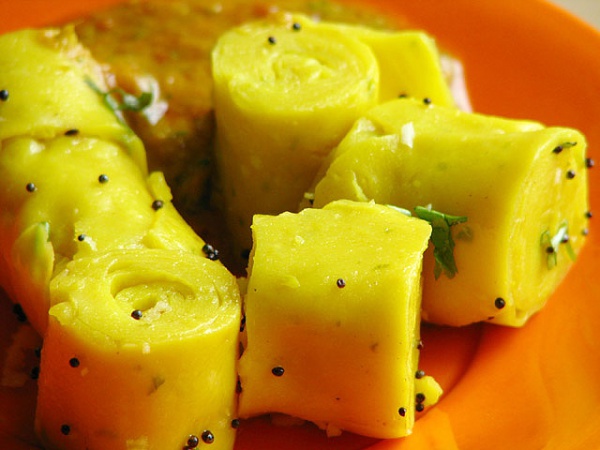Facts About Farsan
Farsan, also known as Pharsāṇ, comprises delectable savory snacks originating from the Indian subcontinent and is especially cherished in Gujarati, Rajasthani, and Sindhi cuisines. These snacks hold significant importance in regional culinary traditions, often prepared for special occasions and to honor guests. Additionally, they serve as a beloved accompaniment to a cup of tea. Though Farsan has its roots in specific regions, these irresistible treats are widely available across India, particularly in Maharashtra, due to the influence of Gujarati and Rajasthani traders and the migration of Sindhis to cities like Mumbai.
Farsan comes in various forms, including fried items that can be stored for later consumption as well as fresh or steamed delights. Some popular varieties include Dhokla, Fafda, Khaman, Chevdo (Bombay Mix), Chakri, Bhajiya, Khandvi, Methi Vada, Patras, Gathiya, Mathiya, Vanva, Aloo Sev, Besan Sev, Dhebra, Gota, Bhakarwadi, and Masala Puri.
The history of Farsan is intricately connected to the culinary traditions of Gujarat, Rajasthan, and Sindh. Before the Partition of India, Sindh was part of the Bombay Presidency, which shared culinary ties with Gujarat and Rajasthan. Although Farsan is a staple in Gujarati cuisine today, its origins are a shared heritage among these regions. Sindhis in Ulhasnagar have preserved this tradition with distinctive dishes like Batan Papdi, Sev Dal Sandwich, and Dahi Sev Puri.

 Afghanistan
Afghanistan